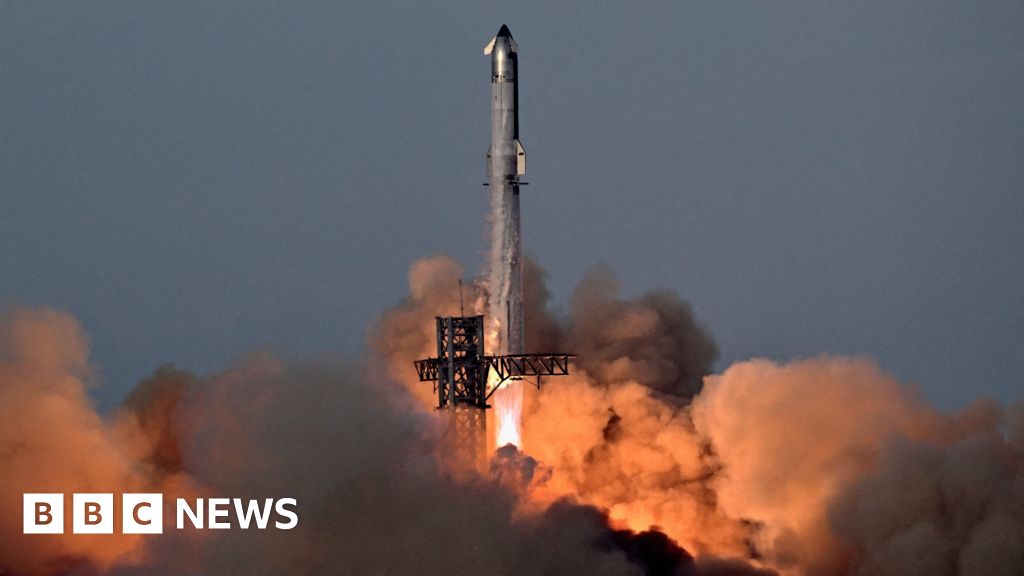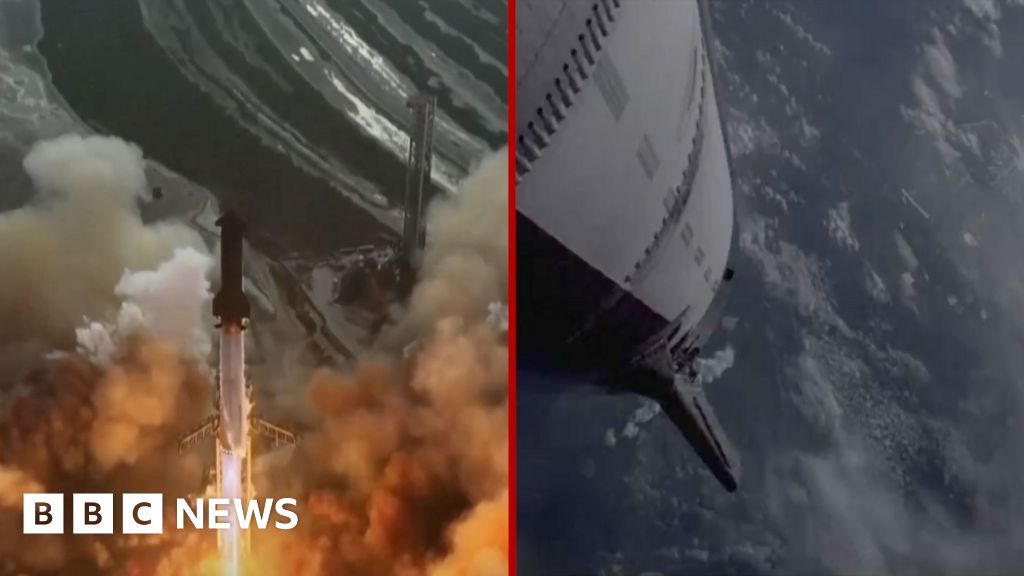Article text:
In a remarkable milestone for human spaceflight, SpaceX launched the Fram2 mission on April 1, 2025, as four private astronauts soared from Florida into orbit that crosses both the North and South Poles. The mission represents a significant achievement in commercial space exploration, changing the perspective humans have of Earth as they complete their journey.
The launch occurred at night, and the countdown echoed in the hearts of enthusiasts and space lovers. "3, 2, 1, ignition — and liftoff," the familiar phrase rang out as the spacecraft ascended into the sky. This mission is unprecedented and places humans in a unique trajectory that circles the entire planet, thereby enabling detailed observations of it in rotation, which is beneficial for meteorological, surveillance, and mapping satellites.
While several satellites are already in polar orbit, making the scientific benefits of a human-crewed mission seem less groundbreaking, the Fram2 mission captured global attention nonetheless. The spacecraft currently orbits approximately 270 miles above Earth, with the astronauts crossing both poles multiple times each day.
Financed by Chun Wang, a crypto investor who achieved success in blockchain technology, the full financial details surrounding his investment remain undisclosed. Having acquired Maltese citizenship in 2023, Mr. Wang took this flight donning a spacesuit marked with the Maltese flag, signifying his exciting journey through history.
SpaceX and Fram2 organizers believe this mission could be a stepping stone for future human space exploration endeavors, potentially unlocking new opportunities and revelations about Earth’s polar regions. As the mission lasts between three and five days, the team is set to return with a wealth of experience and possibly revolutionary insights on our planet’s climate and geography.
In a remarkable milestone for human spaceflight, SpaceX launched the Fram2 mission on April 1, 2025, as four private astronauts soared from Florida into orbit that crosses both the North and South Poles. The mission represents a significant achievement in commercial space exploration, changing the perspective humans have of Earth as they complete their journey.
The launch occurred at night, and the countdown echoed in the hearts of enthusiasts and space lovers. "3, 2, 1, ignition — and liftoff," the familiar phrase rang out as the spacecraft ascended into the sky. This mission is unprecedented and places humans in a unique trajectory that circles the entire planet, thereby enabling detailed observations of it in rotation, which is beneficial for meteorological, surveillance, and mapping satellites.
While several satellites are already in polar orbit, making the scientific benefits of a human-crewed mission seem less groundbreaking, the Fram2 mission captured global attention nonetheless. The spacecraft currently orbits approximately 270 miles above Earth, with the astronauts crossing both poles multiple times each day.
Financed by Chun Wang, a crypto investor who achieved success in blockchain technology, the full financial details surrounding his investment remain undisclosed. Having acquired Maltese citizenship in 2023, Mr. Wang took this flight donning a spacesuit marked with the Maltese flag, signifying his exciting journey through history.
SpaceX and Fram2 organizers believe this mission could be a stepping stone for future human space exploration endeavors, potentially unlocking new opportunities and revelations about Earth’s polar regions. As the mission lasts between three and five days, the team is set to return with a wealth of experience and possibly revolutionary insights on our planet’s climate and geography.




















